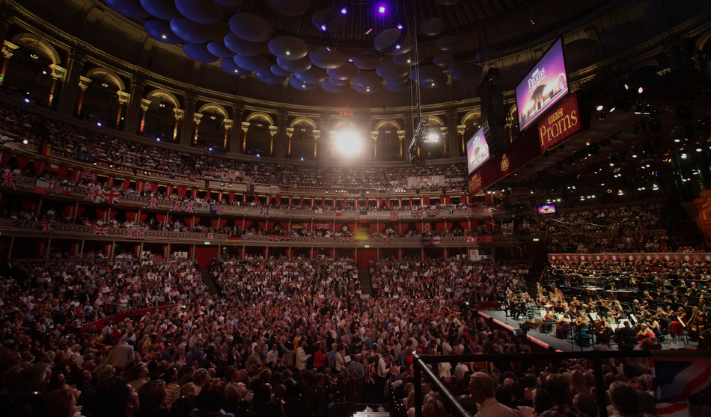What will the UK’s 2030 clean energy plan mean for businesses and the public?
Labour is counting on offshore wind and moving away from gas to turn Britain into a green energy economy. But the change won’t be cheap.
When the Labour government came into power, it set an ambitious goal to create a clean electricity system by 2030, aiming to make Britain a leader in green energy.
This week, its plan got a boost from an independent report by the National Energy System Operator (Neso). The report suggests that the government’s goal is technically possible by the end of the decade, but only if quick action is taken to speed up the transition to green energy.
Here’s what Britain’s energy system might look like in 2030.
Will my energy bills go up?
Britain’s plan to become a leader in clean energy will be expensive. The Office for Budget Responsibility estimates that the charges used to support renewable energy projects will increase from £12 billion in 2024-25 to £14.8 billion in 2029-30.
However, using less expensive renewable energy instead of relying on global gas markets could help lower overall costs. Neso predicts that the cost of electricity could drop by more than 10% if more cheap renewable energy is used instead of gas-fired power. How this affects your bills will depend on the decisions the government makes. Some people suggest that these charges, which are paid through electricity bills, could be moved to gas bills or paid through taxes instead.
Households and businesses can save money on their bills by using electricity at times when demand is low, like charging vehicles overnight. Many homes already do this, and its use could increase four times by the end of the decade.
Does this mean fossil fuels will be gone?
Not exactly. The UK closed its last coal power plant in September, but there are still around 50 gas power plants that produce about a third of the UK’s electricity each year. Neso’s plan to create a clean power system aims for the UK to produce more green electricity than it uses. However, there will still be times when there isn’t enough green power to meet the demand, and gas plants will be needed as backup. This means gas will still provide less than 5% of the UK’s electricity. However, the number of gas plants will stay similar, with 35GW of gas plants planned for 2030, compared to 37.4GW today.
What about renewable energy?
The system operator has said that clean power can only be achieved with large amounts of offshore wind, along with onshore wind and solar. This means offshore wind farms will supply more than half of Great Britain’s electricity, while onshore wind and solar will provide another 29%. In both of Neso’s scenarios, onshore wind is expected to double, and solar farms are expected to triple from today’s capacity. The main difference between the two scenarios is offshore wind: in the first, Britain will need 50GW of offshore wind by 2030, and in the second, it will need 43GW. Both scenarios show a large increase from the current 15GW. Along with renewable energy, there will be a big increase in battery storage, growing to about five times today’s capacity.
Does this mean more pylons and power cables?
To connect the growing number of new renewable energy projects to the power grid, we will need a lot more pylons, power lines, and substations across the country. Neso estimates that around £60 billion will be needed to build about 600 miles (1,000km) of onshore lines and over 2,800 miles of offshore lines. This is more than double the amount built in the last 10 years.
The current system for connecting energy projects to the grid works on a “first come, first served” basis, but this has caused a backlog of projects. Many speculative projects are blocking legitimate ones, leading to long waiting times, sometimes lasting decades. Neso suggests that the process should be changed so that priority is given to projects that are ready to move forward and to the technologies most needed by the grid.
What else will a clean energy system need?
In both plans for a clean energy system by 2030, the UK will still rely on burning wood pellets, which some people argue is “carbon neutral,” though many environmental groups and scientists disagree with this idea.
Another debated suggestion is for gas plants to use carbon capture and storage (CCS) technology, or hydrogen gas, to help generate electricity, especially in cases where there is less offshore wind energy. In a scenario with more renewable energy, this option would only provide 0.3GW of power by 2030. However, if offshore wind doesn’t reach its full potential, it could need to increase to 2.7GW.
The system operator also expects nuclear power plants to be used longer. In the first scenario, they expect one of the planned units at Hinkley Point C to start operating by 2030, along with some extensions, adding up to 3.5GW. In the second scenario, this could increase to 4.1GW.
Published: 6th November 2024
Also Read:
Retail sales growth in the UK is slowing down as shoppers hold off on spending until Black Friday deals
Will bond investors punish Rachel Reeves with a market crash like the one that happened with Liz Truss?
Wise’s CEO was fined £350,000 by the FCA for issues related to tax payments























